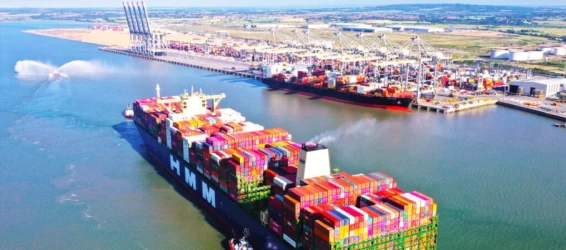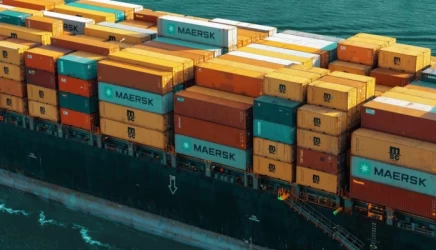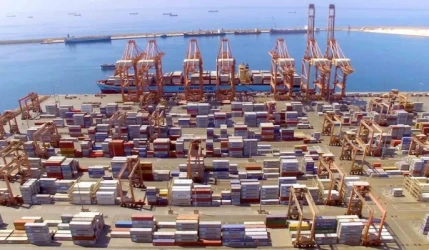Trade Guide with Iran: Import of Agricultural Products
Iran, with its diverse climate and rich agricultural heritage, offers a unique landscape for agricultural trade. The country’s strategic location, bridging the East and West, enhances its potential as a significant player in the global agricultural market. This guide aims to provide an in-depth understanding of the import of agricultural products into Iran, highlighting key aspects such as market trends, regulatory requirements, and opportunities for foreign investors.
Overview of Iran’s Agricultural Sector
Iran’s agricultural sector is a vital component of its economy, contributing significantly to employment and GDP. The country’s varied climate zones allow for the cultivation of a wide range of crops, from temperate fruits and vegetables to tropical products. Despite its potential, Iran imports a substantial amount of agricultural products to meet domestic demand.
In 2021, Iran imported approximately 8.8 million tonnes of agricultural products, valued at around USD 6.2 billion. The primary imports include cereals, oilseeds, and animal feed, which are essential for the country’s food security and livestock industry.
Key Agricultural Imports
- Cereals: Iran is a major importer of cereals, particularly wheat, corn, and barley. These imports are crucial for both human consumption and animal feed. In 2021, Iran imported 9.9 million tonnes of corn, 3.3 million tonnes of wheat, and 1.9 million tonnes of barley.
- Oilseeds and Soybeans: Soybeans and soybean meal are significant imports, used extensively in the poultry and livestock sectors. Iran imported 2.1 million tonnes of soybeans and 1.8 million tonnes of soybean meal in 2021.
- Sugar and Edible Oils: The country also imports large quantities of sugar and edible oils to meet domestic consumption needs. These products are essential for the food processing industry and household use.
Market Trends and Opportunities
The Iranian market presents several opportunities for foreign exporters, driven by the country’s growing population and increasing demand for diverse food products. Key trends include:
- Rising Demand for Processed Foods: With urbanization and changing lifestyles, there is a growing demand for processed and convenience foods. This trend opens up opportunities for exporters of raw materials used in food processing.
- Focus on Food Security: Iran’s government prioritizes food security, leading to substantial imports of staple foods like wheat and rice. Exporters of these commodities can find a stable market in Iran.
- Investment in Agriculture: The Iranian government encourages foreign investment in the agricultural sector, offering incentives such as tax exemptions and subsidies. This policy aims to boost domestic production and reduce dependency on imports.
Regulatory Environment
Understanding the regulatory framework is crucial for successful trade with Iran. Key aspects include:
- Import Licenses: Importers must obtain licenses from relevant authorities, such as the Ministry of Agriculture Jihad and the Iran Veterinary Organization, depending on the product category.
- Quality Standards: Imported agricultural products must comply with Iranian quality standards and regulations. This includes adherence to sanitary and phytosanitary measures to ensure food safety.
- Tariffs and Duties: Import tariffs vary depending on the product. It is essential to stay updated on tariff rates and any changes in trade policies that may affect import costs.
Challenges and Considerations
While Iran offers significant opportunities, there are challenges to consider:
- Economic Sanctions: International sanctions can impact trade with Iran, affecting payment mechanisms and access to financial services. Exporters must navigate these complexities to ensure smooth transactions.
- Logistics and Infrastructure: Iran’s logistics infrastructure is developing, but there may be challenges related to transportation and storage. Partnering with local firms can help mitigate these issues.
- Cultural and Market Knowledge: Understanding local market preferences and cultural nuances is vital for successful market entry. Building relationships with local partners and stakeholders can facilitate smoother operations.
Conclusion
Iran’s agricultural import market presents a dynamic landscape with numerous opportunities for foreign exporters. By understanding the market trends, regulatory environment, and potential challenges, businesses can effectively navigate the complexities of trading with Iran. With strategic planning and local partnerships, exporters can tap into this promising market and contribute to Iran’s food security and economic growth.
if you have a specific question or need more details, Iran's logistics experts are your answer!











